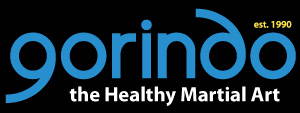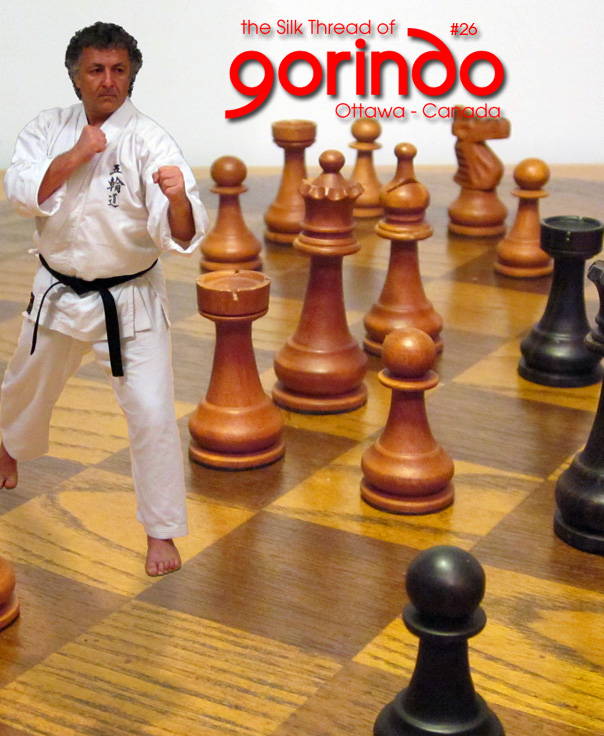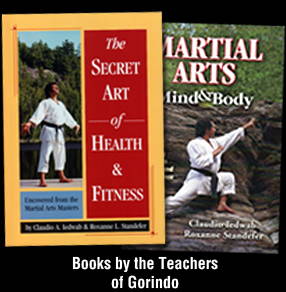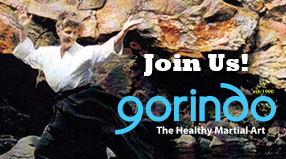The Silk Thread of Gorindo - Ottawa - Canada
Issue 26
- Keeping in Line with Your Spine (Part 4)
- The Process of Teaching (Part 1)
Cover Claudio Iedwab 'Chess Mind' - Photo by ©2012 Roxanne Standefer
The Process of Teaching (Part 1)
There are many educational methods available to the Martial Arts Instructor, that must be present during the classes. A linked succession of elements and techniques will guide the student in each stage of learning but also it will mold the teacher, consequently, to present his/her knowledge in a clear and a simple manner.
The capability of knowledge transmission, from teacher to student, plays a role of extreme importance in the process of education, but mainly, it is the capacity of learning of the student, and not only the talent to teach, which will generate lasting results.
Throughout our Teaching Course, we will talk about the term “teaching” under the premise that it is the capacity of the student to learn that will allow the transmission of knowledge and experiences in an effective way. We will also assume that “teaching” is the talent of the Teacher to facilitate this learning and to offer therefore the tools that the student will make his or her own, even outside the context of the conventional concept of teaching-learning. As expressed in the complementary symbol of in-yo (or yin-yang), each one of the parts (teacher-student, or teaching-learning), has a portion of the other, integrating in a healthy coexistence of mutual benefit.
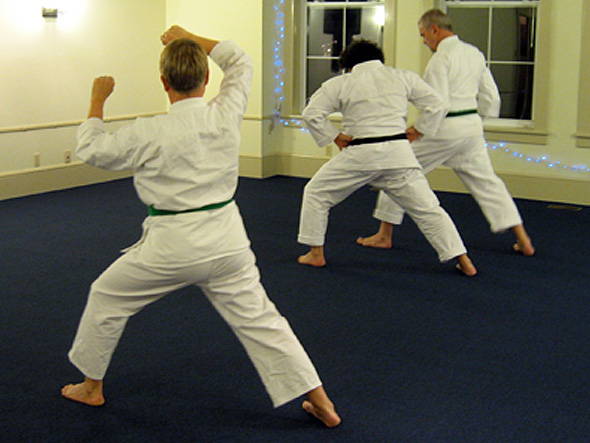
The teacher will contribute to and develop this ability in each student, free of ego or dependency, giving form and content to the fundamental objectives of the Martial Arts. These goals are the acquisition and exercise of thinking, free action and independent feeling within a framework that demands a high degree of responsibility and coherent decision making. The martial artist acts with a determined will in a harmonic and balanced way with nature and his or her surroundings.
The educational technique of the Instructor will adapt to the student’s needs. It will present the material in a way that will facilitate its discovery, integration and practice. Such adaptation will become part of the teacher’s educational evolution, thus creating different routes that will arrive at the same purpose.
The factors involved in the teaching of Martial Art vary in such measurement and degree as the number of individuals participating. The strength of the traditions and the accumulation of experience will allow the reinforcement and improvement of methodology and practices, discarding of course anything that could harm the health and integrity of the participants. An opening of mind and heart in the understanding of the traditions will help to correct possible errors or those interpretations devoid of a dynamic and adaptable progress. The incorporation of new and better elements of study is the real tradition of the Martial Arts. All teachers will also have to become qualified not only in the technical skill but in the acquisition of matters such as anatomy, physiology, body mechanics, prevention of injuries, psychology and other aspects of physical education as well as history and applied philosophy, socially and educationally speaking.
It is essential that the Instructor undergoes a deep and constant analysis of his or her own limitations. The result of this process will allow for the extension of these limits intelligently, and to catapult the student towards a better level of personal development as well.
Even though the Instructor recognizes and accepts honestly his own limitations (for example: during the execution of techniques that require a certain degree of skill and athletic maintenance, or the transmission of aspects of the martial art in himself that were incorporated in a different way or under circumstances that differed from those of their own students,) they will still have to form part of the study material and practice of student.
Such exercise will provide the energy that will maintain the relation of teacher and student radiant and alive, avoiding any unnecessary projection or imposition “in the name of the art or style” of personal limitations.
In an inverse way, the student’s talent and capacities will have to continue in their own way and not necessarily will reflect the rate or intensity experienced by the teacher in his past stages as a student.
Excerpt from the Course "Teaching Martial Arts - The Gorindo Way" by Claudio Iedwab & Roxanne Standefer
© 2011 Photo by Roxanne Standefer
Issue 26
- Keeping in Line with Your Spine (Part 4)
- The Process of Teaching (Part 1)
« Click the Subscribe link on the left
